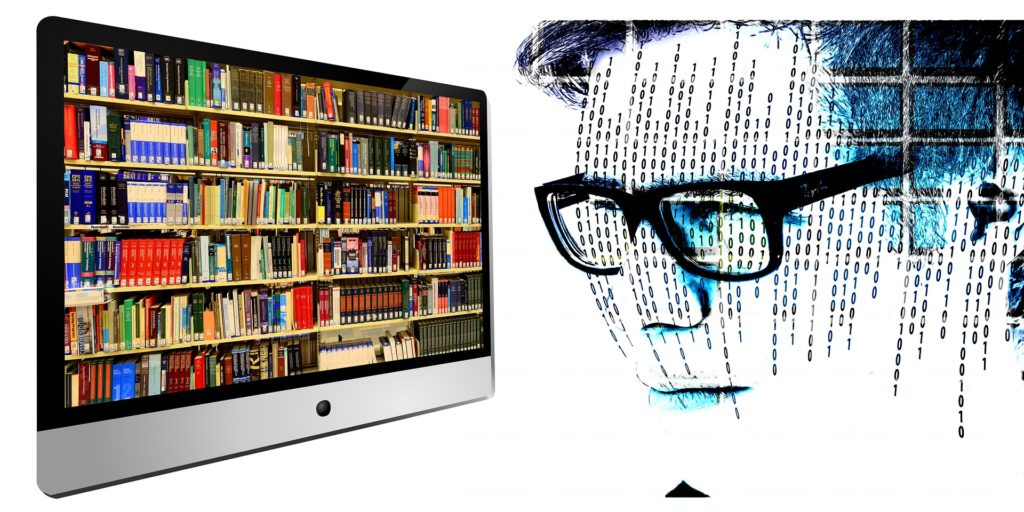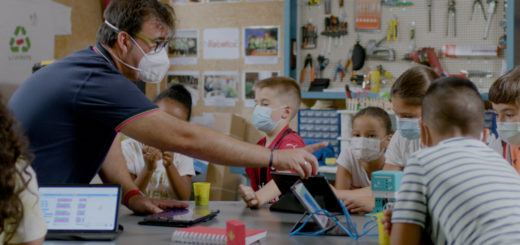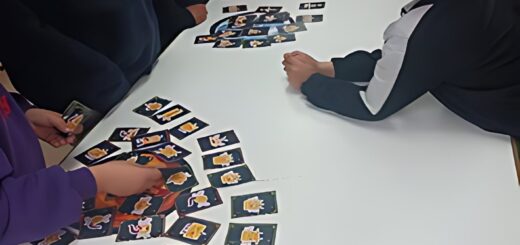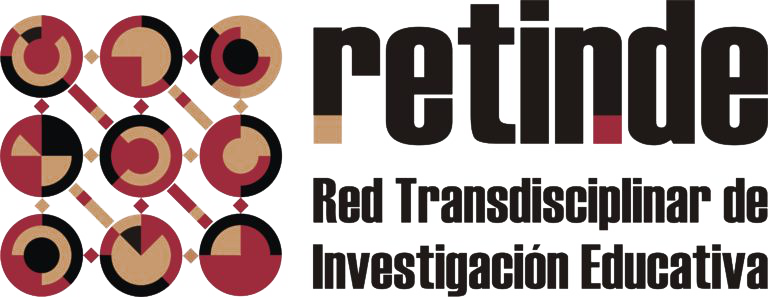Research in educational technologies: where does it come from and where is it going?
The chapter begins by presenting a state of the art on the most common topics of research in educational technologies, disseminated through international publications.
The chapter continues with the presentation of four lines or topics of investigation that respond to this last perspective or approach. They are the following:
Educational technology, beyond formal education. This trend refers to the need to broaden the focuses and contexts of study related to educational technology. There is a shift from the interest in investigating how digital devices are used to promote learning in school and training contexts, to the interest in understanding the impact of technology at all levels and domains of the educational system both formal and informal (Vadeboncoeur, Kady-Rachid & Moghatader, 2015; Erstad et.al., 2016).
Digital inclusion, equal access and literacy opportunities. The second trend is related with with the challenge of promoting literacy in culture and digital technology among the population. The discourses and initiatives of the different educational actors vary notably, due to the importance they give to the instrumental dimension of technology -how to use the tools-, and to the critical dimension -understanding what and who is behind technological advances, reflect on the roles favored among users, arise awareness on privacy and intimacy, learn self-regulation, etc.- (Cobo, 2019).

Public policies for digital inclusion: progress and stagnation. Based on the widespread use of computers and mobile devices with internet access in teaching and learning processes, since 2000 public policies began to be implemented to distribute devices and technological resources in schools. Since then, studies aimed at analyzing and evaluating the impact of these policies have proliferated (Area, 2011; Sancho & Alonso, 2012). Some research has focused on the large-scale impact of these initiatives, focusing on their success or failure (Sancho, Rivera & Miño, 2019). Others have not only focused on the institutional, but have also addressed the analysis of the subjectivities and practices of educational agents.
The private sector in education: new actors and alliances. This line arises as a result of the growing interest of the private sector in the educational field, given the need to provide infrastructure and digital resources to educational centers. However, rather than measuring its impact, the risks and tensions that this proliferation entails in dimensions such as privacy and the use of data are being investigated (Selwyn, 2016).
The chapter concludes with some final reflections in which some possibilities but also limitations regarding the trajectory, the present and the future of research in educational technologies are highlighted.
Regarding the possibilities, research on educational technologies highlights how in the last decade it has greatly increased its production in the form of empirical studies and publications. This situation has also broad the range of research topics or themes, employing research methods and techniques of various kinds, whether quantitative or qualitative. At the same time, the significant growth in funding sources for projects and studies stands out, together with the diversification of forms and strategies for publication and dissemination of results.
Regarding the limitations, the lack of a comprehensive and global theory that explains how digital technologies interacts with education and vice versa is evident. In this regard, the chapter suggests that one explanation could be the absence of networks and a culture of collaboration among researchers from various academic fields whose object of study is technology and education. In this vein, the authors suggest that more interdisciplinary research programs should be developed and shared among technologists, educators, psychologists, sociologists and other experts concerned with this problem. This will allow us to overcome the current fragmentation of knowledge in educational technologies and build a more rational and holistic knowledge from multiple perspectives that dialogue with each other.
Bibliographical references:
Area, M. (2011). Los efectos del modelo 1:1 en el cambio educativo en las escuelas: evidencias y desafíos para las políticas iberoamericanas. Revista Ibero-Americana de Educación, 56, 49-74.
Cobo, C. (2019). Acepto las condiciones: usos y abusos de las tecnologías digitales. Madrid: Fundación Santillana.
Erstad, O., Kumpulainen, K., Mäkitalo, Å., Schrøder, K. C., Pruulmann-Vengerfeldt, P., & Jóhannsdóttir, T. (Eds.). (2016). Learning across contexts in the knowledge society. Nueva York: Springer.
Sancho, J. M., y Alonso, C. (Comp.) (2012). La Fugacidad de las Políticas, la Inercia de las Prácticas. La Educación y las Tecnologías de la Información y la Comunicación. Barcelona: Octaedro.
Sancho-Gil, J., Rivera-Vargas, P. & Miño-Puigcercos R. (2019). Moving beyond the predictable failure of Ed-Tech initiatives. Learning, Media & Technology, 44(3). doi: https://doi.org/10.1080/17439884.2019.1666873
Selwyn, N. (2016). Is Technology Good for Education? Londres: John Wiley & Sons.
Vadeboncoeur, J.A., Kady-Rachid, H., & Moghtader, B. (2015). Learning In and Across Contexts: Reimagining Education. National Society for the Study of Education, 113(2), 339-358.

(Fuente: Gerd Altmann from Pixabay)
Authors:
Manuel Area-Moreira
Laboratorio de Educación y Nuevas Tecnologías EDULLAB. Universidad de La Laguna
Raquel Miño-Puigcercós
Pablo Rivera-Vargas
Cristina Alonso-Cano
Grupo de investigación consolidado ESBRINA – Subjetividades, visualidades y entornos educativos contemporáneos -2017 SGR 1248- Universitat de Barcelona






